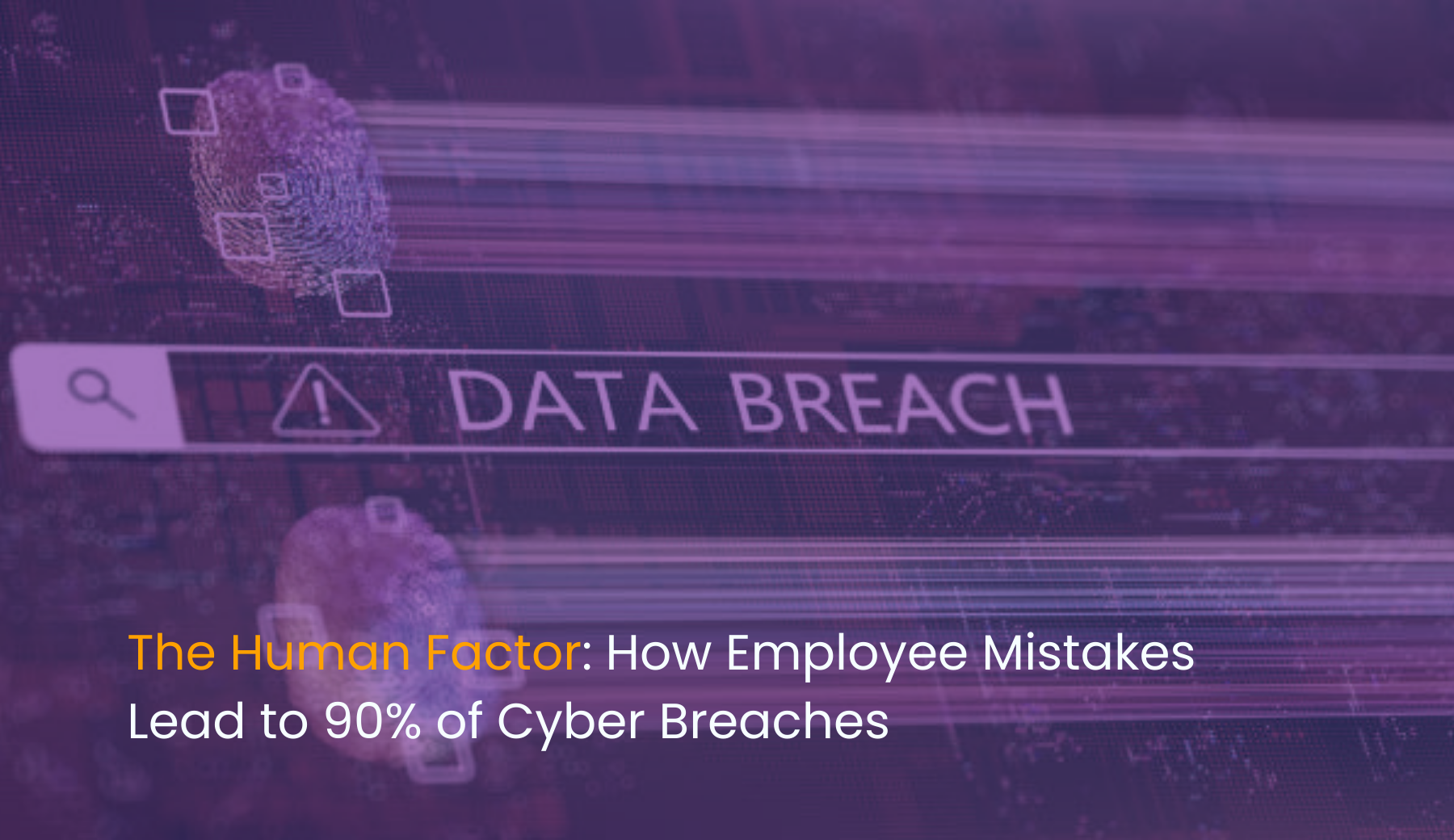Cybersecurity is often associated with sophisticated hacking techniques and advanced malware. However, research consistently shows that human error is the leading cause of cyber breaches. Studies indicate that 90% of data breaches are caused by employee mistakes, making human factors the biggest vulnerability in an organization’s security framework.
Why Employee Mistakes Are the Biggest Cybersecurity Threat
While businesses invest in firewalls, encryption, and advanced threat detection, they often overlook the weakest link—human behavior. Cybercriminals exploit this through phishing scams, social engineering tactics, and insider threats.
1. Phishing Attacks: The Gateway to Cyber Breaches
Phishing remains the most effective method for cybercriminals to gain unauthorized access to systems. Employees unknowingly click on malicious links, download infected attachments, or enter credentials into fake login pages.
- Example: In 2023, a major healthcare provider suffered a breach after an employee clicked on a phishing email, exposing thousands of patient records. (Source)
- Solution: Regular phishing simulations and awareness training can help employees recognize and report suspicious emails.
2. Weak Passwords and Credential Misuse
Many employees use weak or reused passwords across multiple accounts, making it easier for cybercriminals to launch credential-stuffing attacks.
- Example: The 2022 LinkedIn data breach exposed millions of accounts due to weak passwords being compromised.
- Solution: Enforcing multi-factor authentication (MFA) and encouraging the use of password managers can reduce the risk of credential theft.
3. Unsecured Devices and Remote Work Risks
With the rise of remote work, unsecured personal devices and public Wi-Fi networks create security vulnerabilities. Employees accessing company data from unprotected networks can inadvertently expose sensitive information.
- Solution: Implementing Zero Trust Security and endpoint protection ensures that only authorized devices can access corporate networks.
4. Insider Threats and Accidental Data Sharing
Not all breaches are caused by external hackers—sometimes, they stem from within the organization. Employees may mistakenly send sensitive files to the wrong recipients or upload data to insecure cloud storage.
- Solution: Role-based access controls (RBAC) and data loss prevention (DLP) tools can mitigate risks related to insider threats.
How Businesses Can Minimize Human-Caused Cybersecurity Risks
- Comprehensive Security Awareness Training: Employees should undergo ongoing cybersecurity training to stay informed about emerging threats.
- Simulated Cybersecurity Drills: Conducting regular phishing tests can help identify vulnerabilities and improve employee response.
- Strict Access Control Measures: Implementing the principle of least privilege (PoLP) ensures that employees only have access to the data necessary for their roles.
- Advanced Threat Detection & Response: Deploying AI-powered monitoring solutions can identify suspicious activities before they escalate.
How JagaMaya Helps Secure Businesses Against Human Error
At JagaMaya, we specialize in cybersecurity solutions designed to mitigate human-related cyber risks. Our services include:
- Phishing Awareness Training: Educating employees to detect and prevent phishing scams.
- Endpoint Security & Device Protection: Ensuring that remote and in-office devices are secured.
- Threat Intelligence & AI Monitoring: Identifying risks in real-time to prevent breaches before they happen.
- Data Security & Compliance Solutions: Helping businesses meet regulatory requirements and prevent accidental data leaks.
Conclusion
The human factor in cybersecurity is unavoidable, but with the right strategies, businesses can significantly reduce the risk of employee-driven breaches. By prioritizing training, access controls, and advanced security solutions, organizations can build a resilient cybersecurity culture.
📩 Secure your business today! Contact JagaMaya to protect your organization from human-related cyber threats.


Leave a Reply